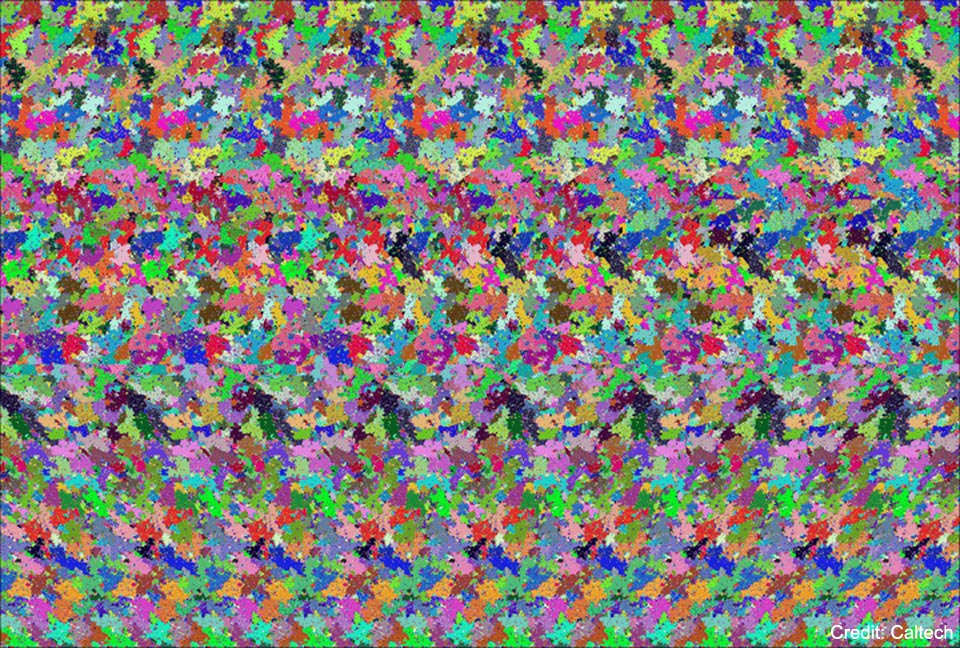全息原理和茶壶
(原标题: The Holographic Principle and a Teapot)
2021-10-03
浏览次数: 134
当然,你可以看到二维矩形的颜色,但你能看到更深的吗?计算特征图像中的色块,您可能会估计该2D数字图像可以容纳的最多信息约为60(水平)x 50(垂直)x 256(可能的颜色)= 768,000位。然而,未经证实的全息原理指出,与直觉相反,2D面板中的信息可以包括可以被面板包围的3D房间中的所有信息。该原理源于普朗克长度(量子力学开始主导经典引力的长度尺度)是一个只能容纳1位信息的区域的一侧。1993年,物理学家杰拉德·t·霍夫特首次提出了这个极限。它可以从看似遥远的推测中归纳出来,即黑洞所持有的信息不是由其封闭的体积决定的,而是由其事件视界的表面积决定的。术语“全息”起源于全息图的类比,其中通过平面屏幕投射光来创建三维图像。注意,一些盯着特色图像的人可能不会认为它只编码了768,000位-甚至不是2563,000位的排列-而是他们可能会声称它编码了一个三维茶壶。
查看原文解释
Sure, you can see the 2D rectangle of colors, but can you see deeper? Counting color patches in the featured image, you might estimate that the most information that this 2D digital image can hold is about 60 (horizontal) x 50(vertical) x 256 (possible colors) = 768,000 bits. However, the yet-unproven Holographic Principle states that, counter-intuitively, the information in a 2D panel can include all of the information in a 3D room that can be enclosed by the panel. The principle derives from the idea that the Planck length, the length scale where quantum mechanics begins to dominate classical gravity, is one side of an area that can hold only about one bit of information. The limit was first postulated by physicist Gerard 't Hooft in 1993. It can arise from generalizations from seemingly distant speculation that the information held by a black hole is determined not by its enclosed volume but by the surface area of its event horizon. The term "holographic" arises from a hologram analogy where three-dimension images are created by projecting light through a flat screen. Beware, some people staring at the featured image may not think it encodes just 768,000 bits -- nor even 2563,000 bit permutations -- rather they might claim it encodes a three-dimensional teapot.
